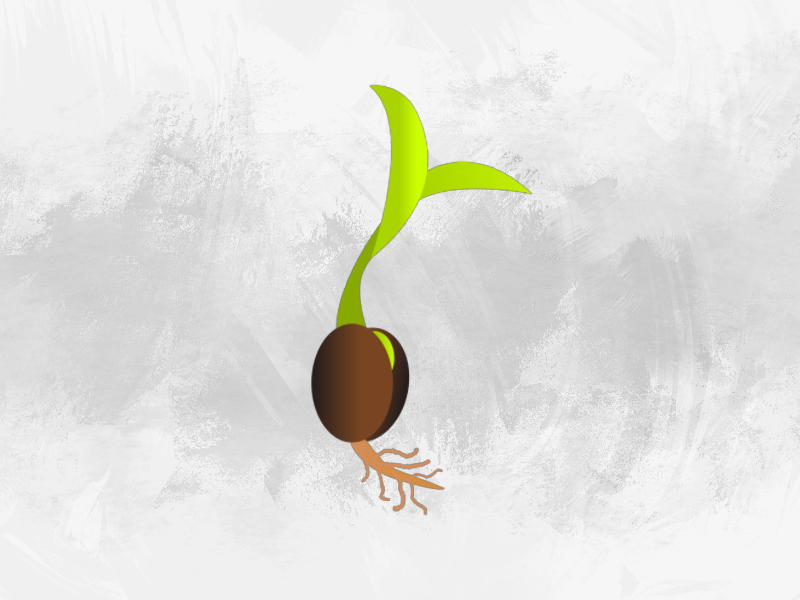In the previous Knotted or Pile blog, we explained the primary knot types that are used to create oriental rugs. While there are three kinds of knots utilized in modern Oriental weaving, there are only two types that are frequently used in carpets and market rugs.
The two knots, which are the Persian and Turkish knots, create different styles and patterns in the carpet or rug and help distinguish the culture of the region to both the salespersons and customers. The quality of the carpet or rug is determined by various elements, one of which is the quality of knots. The more knots there are the more intricate and complex weaving, and the more durable the rug.
The fineness of the Knotting
To secure the weft and warp strands together, knots are employed to join the threads. The knots which hold the rug together create the pile – or the thickness of the rug. Knot fineness is the number of knots for each square inch of the pile. The more knots there are, the higher the rug’s quality and the finer the weave.
While there aren’t any specific rules to determine exactly how many knots a rug has and what relationship between it and being “fine” or “finely” knotted. However, there are some general guidelines that the majority of rug makers and sellers use when identifying Oriental carpets and rugs.
Typically, weaves with greater than 150 knots/square inch is regarded as medium-grade weaves or knots that are reasonably finely woven. Any weave that has more than 300 or 250 knots/square inch will generally be regarded as high-end weave quality or finely weaved.
Determining Quality
The fineness of knotting isn’t the only indication of the quality, and it shouldn’t be relied on. It can give a good basis to begin assessing and evaluating the rug’s worth. In certain cases, the quality of knotting may be difficult to discern.
For instance, if large yarns are utilized, for example, as is the case in Chinese weaving techniques, the number of knots tied is reduced significantly since it becomes more difficult to knot the identical amount of knots using the thicker thread than the thinner thread.
A major indicator of the high-quality and rug precision is continuous knot equalization and evenness. Oriental carpets and rugs, which contain varying numbers in knots/square inch throughout their design, tend to be less durable and structurally stable. Since knots help keep the weft and warp threads in place, having a different number of knots in the rug could compromise the structural quality of the carpet.
Determining Knot Fineness
To measure knot quality, determine how many single, distinct knots in the sq inch or square millimeter or square centimeter in three or two different regions in the area rug.
Typically, focusing on both vertical and horizontal axes of any area of the rug and then multiplying these together will help determine how many knots. There are many different ways to determine the quality of knots, and every tradition uses a different method to measure the quality; however, every measurement will give identical results regarding the grade of fineness.
SAMAD is a prominent producer and importer of premium handmade decorative rugs. They cater exclusively to luxury designers and retailers. Immigrating from London, two brothers and partners in business David Samad and Malcolm Samad, founded their company with wholesale importers of rugs in New York City in 1985. With a keen appreciation and understanding of our work, Our pioneering spirit drives us to challenge the status quo and strive for quality. For more details, please visit our website.

